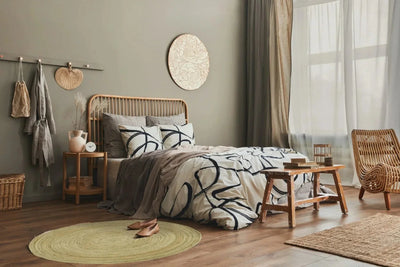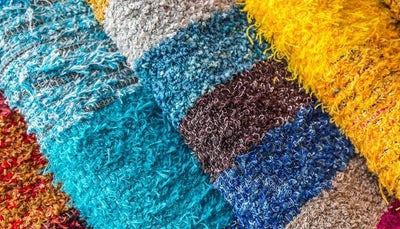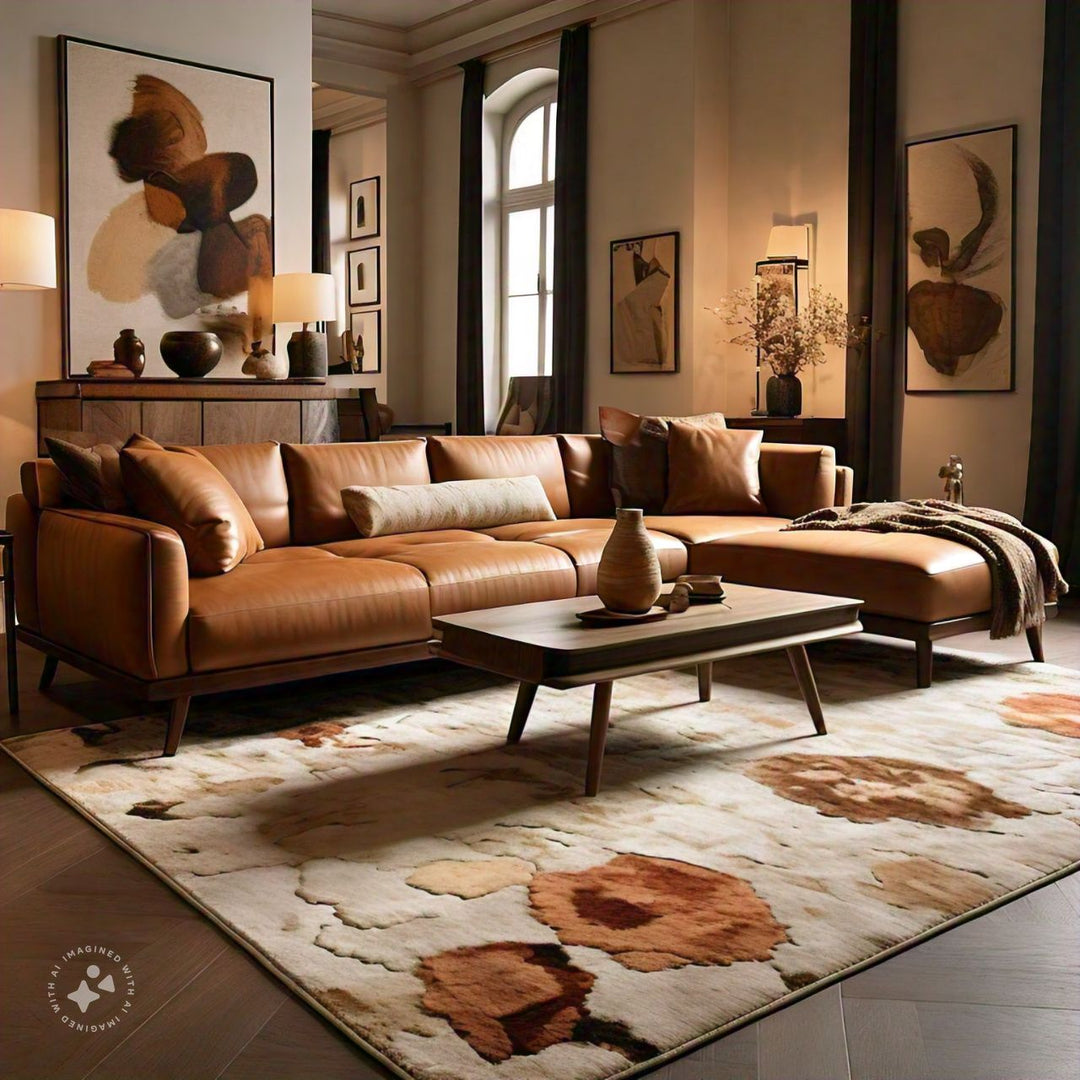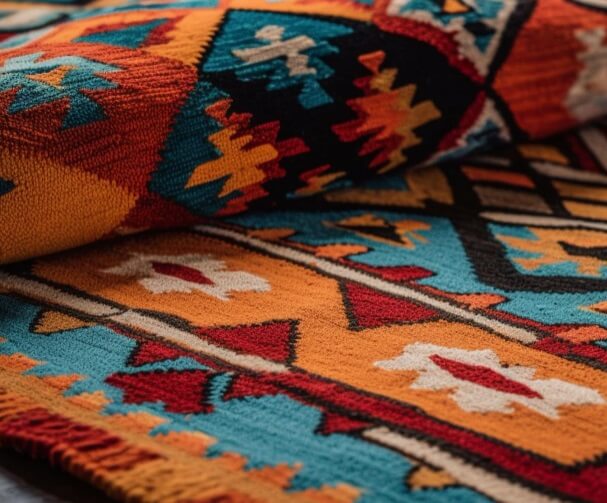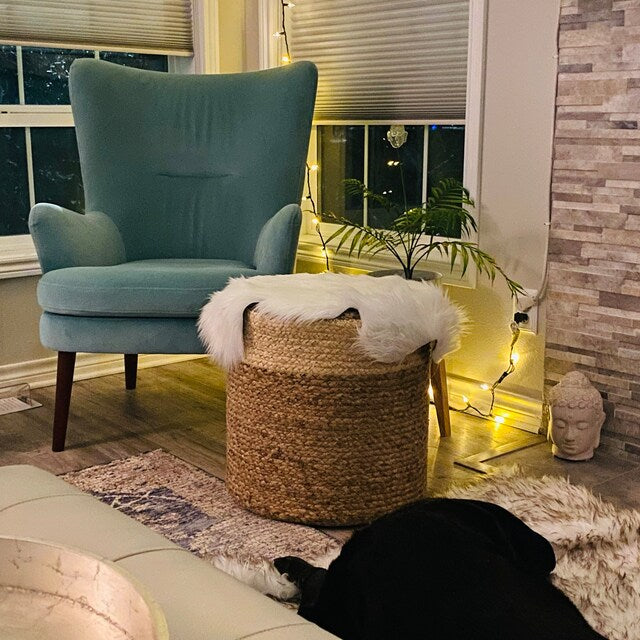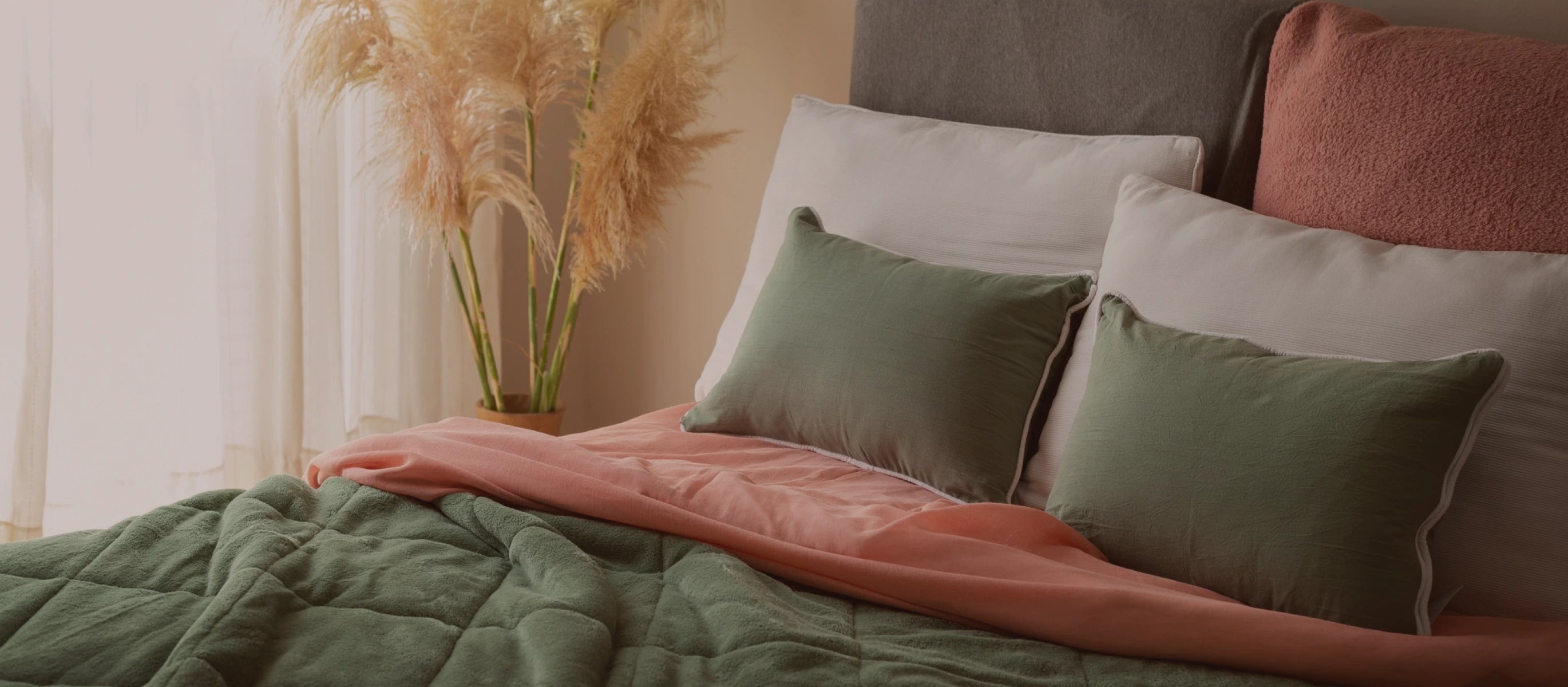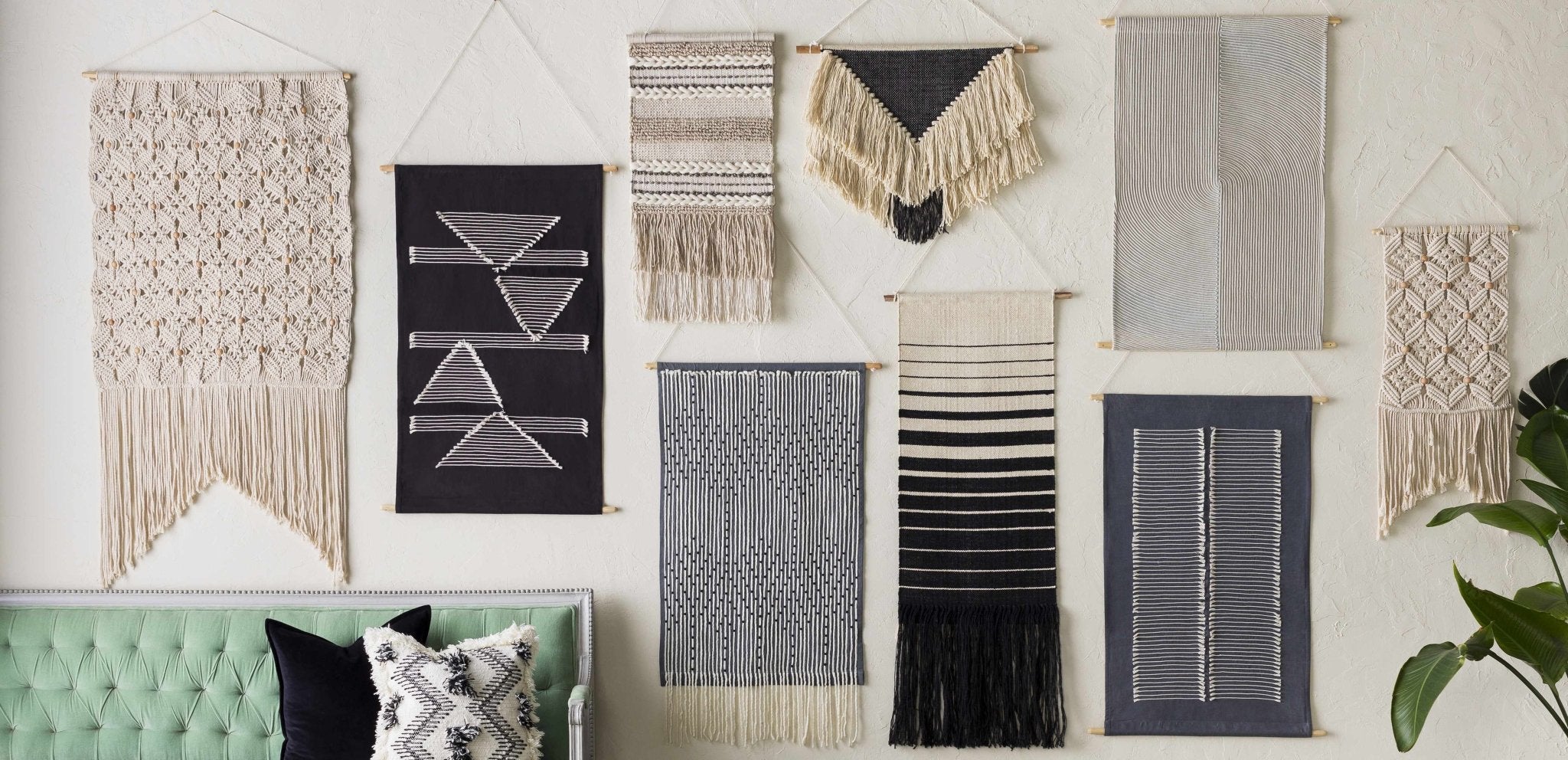Rug Materials to Avoid: Guide to Help You Select the Best Rugs
The process of selecting the perfect rug requires a lot of patience and consideration which goes beyond simply design and color. While selecting the best rug, you must think of the durability, functionality, and of course the appearance.
To be sure you are choosing the right one, it is important to know more about rug materials to avoid. In this guide you will not only get an idea about the materials that should not be your first choice while buying rugs, and reasons why experts suggest the same.
Rugs are made from a variety of materials, each with its own set of features. While some materials are best suited for high-traffic areas, others excel at creating a velvety, comfortable atmosphere. However, the ones to avoid are mostly those that cannot endure much traffic for a longer time.
By knowing which rug materials to avoid, you may prevent costly mistakes and be sure that your chosen rug not only enhances the beauty of your room but also lasts you for years.
List of rug materials to avoid and why
Knowing which rug materials to avoid when choosing the ideal one for your space is just as crucial as knowing which ones to choose. Some rug materials may appear more appealing due to lower price points or distinctive textures, but they frequently have drawbacks that might lead to disappointment in the long run. In this section, we'll look at many rug materials to avoid and why you should avoid them for a more enjoyable rug purchase experience.
Olefin/Polypropylene
Olefin, also known as polypropylene, is a synthetic fiber commonly used in budget-friendly rugs. While it may seem like an economical choice, there are significant drawbacks to consider such as:
- Durability: Olefin rugs are not noted for their longevity. They flatten and wear down rapidly, particularly in high-traffic areas.
- Low visual appeal: Olefin carpets frequently lack the luxury feel and visual appeal of natural fibers such as wool or silk.
- Stain-prone: Olefin fibers are stain-prone, making them an unsuitable choice for households with children, pets, or excessive foot traffic.
Faux silk/ Viscose
Faux silk, also known as viscose, is frequently used to imitate the luxurious appearance of silk at a lower price. It does, however, have its own set of disadvantages, such as:
Poor durability: Faux silk rugs are delicate and soon wear out. Foot traffic, pets, and even routine cleaning can quickly harm them.
Prone to water damage: Viscose rugs are susceptible to water damage because they absorb moisture rapidly, resulting in staining, warping, and mildew growth. As a result, they are not suited for regions prone to spills or high humidity.
High maintenance: These carpets demand a lot of care and are not ideal for low-maintenance households.
Chenile
Chenille is a soft and velvety material often used in rugs, but it has some inherent disadvantages too:
Flattening issues: Chenille rugs are prone to pile flattening, which results in a loss of texture and a less desirable overall appearance over time.
Cleaning difficulties: cleaning chenille carpets can be difficult since excessive moisture can cause the strands to clump together and lose their suppleness.
Low durability: Chenille carpets may be too delicate to sustain high use, making them more ideal for ornamental purposes than functional ones.
Sisal
Sisal rugs are derived from the agave plant and are popular for their natural appearance, but they have limitations too:
Prone to stains: Sisal rugs are easily stained since they absorb liquids quickly. Spills can leave a persistent stain.
Moisture issues: These rugs are not advised for areas with high humidity or moisture, such as bathrooms or kitchens, because they can warp and disintegrate.
Discomfort: Sisal rugs are coarse and may not deliver the comfort and warmth you need in certain spaces.
Cotton
Cotton rugs are a favorable choice primarily for their softness and natural look, but they come with some drawbacks too:
- Prone to wear: Cotton rugs can wear out quickly, especially in high-traffic areas, as they are less durable than synthetic rugs.
- Stain susceptibility: These rugs can easily absorb stains, making them harder to clean and maintain.
- Moisture issues: Cotton rugs can retain moisture, which may lead to mold and mildew if not properly dried. They are not ideal for damp areas like bathrooms or kitchens.
Jute
Jute rugs, like sisal, are made from natural fibers but have their own drawbacks:
Susceptible to moisture: Jute rugs can absorb moisture and are prone to mold and mildew growth. They are not suitable for damp or humid environments.
Incompatible for high-traffic areas: Jute rugs lack the durability needed for high-traffic areas and can quickly show signs of wear and tear.
Lacks softness: If you're looking for a soft and comfortable rug underfoot, jute may not be the best choice due to its coarse texture.
Related: Jute Vs Wool Rugs
Acrylic
Acrylic rugs are synthetic and may seem like a budget-friendly alternative to wool, but they come with their own set of problems like:
Non-durable: Acrylic rugs have a short lifespan and lose their original appearance and texture.
Piling: These rugs are prone to pilling, which can make them look shabby and necessitate regular upkeep.
Not eco-friendly: Acrylic is a synthetic substance that is not environmentally friendly, which may be a worry for environmentally sensitive consumers.
Blended Fiber Rugs
Rugs made from a blend of various fibers, such as nylon and polyester, are often marketed as versatile options. However, they have their own drawbacks:
Inconsistent quality: The quality of blended fiber carpets can vary greatly, making its longevity and performance impossible to anticipate.
Short lifespan: These rugs may not last long, especially in high-traffic areas, necessitating repeated replacements.
Aesthetic appeal: Blended fiber carpets frequently lack the elegance and natural beauty of rugs created from single, high-quality materials.
Related: Wool Vs Polyester Rugs
Materials are important to ensure that you invest in a rug that not only meets your aesthetic tastes but also lasts. While low-cost choices may appear appealing at first, their inadequacies in terms of longevity, maintenance, and aesthetic appeal might lead to disappointment in the long run.
Consider investing in carpets made of high-quality, natural fibers such as wool or silk, which provide durability, comfort, and timeless beauty. You may enjoy the benefits of a rug that enhances your home for years to come if you make an informed decision.
Factors to consider while choosing rug materials
The material of a rug is important in deciding its longevity, maintenance, and fit for your environment. Here are some important considerations while choosing rug materials:
- Consider how long you want the rug to last. Natural fibers have a longer lifespan than synthetic fibers.
- Consider the lifestyle of your household. Stain-resistant and easy-to-clean materials may be required for pets and children.
Related: How to remove stains from you rug?
- Consider your willingness to keep the rug in good condition. Some materials must be cleaned and cared for on a regular basis, while others are low-maintenance.
- Determine the appropriate amount of underfoot comfort. Some fabrics are plush and soft, while others are rougher.
- Determine where you want to put the rug. High-traffic locations necessitate tough materials, but less-frequented sections can accept more delicate solutions.
Related: How to store rugs right?
- Establish a budget. High-quality natural fibers, such as wool and silk, are more expensive but provide long-term value, whereas synthetics are less expensive.
- If you have allergies, use hypoallergenic materials like wool or natural fibers that are less prone to trap allergens.
- Make sure the material is colorfast to avoid fading, especially in rooms with direct sunshine exposure.
- Match the material to the rest of your dcor. Different materials have different textures and appearances, so pick one that matches your aesthetic.
- Take into account the environmental impact. Natural, biodegradable materials are more environmentally friendly than synthetic alternatives.
By taking these factors into account, you can make an informed decision when choosing rug materials that best suit your needs and preferences.
Related: Softest Rug Matetials for Ultimate Comfort
Are eco-friendly rugs the same as non-toxic rugs?
Eco-friendly rugs and non-toxic rugs are not always the same. Eco-friendly rugs are made from sustainable, renewable resources and are designed to minimize environmental impact. Non-toxic rugs, on the other hand, are specifically crafted to avoid harmful chemicals that could affect your health. While many eco-friendly rugs are non-toxic, it's important to check product labels to ensure you get the benefits of both.
Health Hazards of Polypropylene Rugs
Polypropylene rugs, made from synthetic plastics, can release volatile organic compounds (VOCs) that may cause headaches, allergies, and other health issues. These rugs are less breathable and can trap dust and allergens, potentially worsening indoor air quality. Consider non-toxic rugs made from natural materials to minimize health risks.
Are polypropylene rugs safe for dogs?
Polypropylene rugs are generally safe for dogs because they are durable and stain-resistant. However, they can release VOCs, which might affect pets with sensitive respiratory systems. Opt for non-toxic rugs to ensure a healthier environment for your furry friends.
Related: Suitable Rug Materials for Dogs
Polypropylene Rugs on Vinyl and Wood Floors
Polypropylene rugs can be used on vinyl and wood floors, but they can trap moisture and cause damage over time. To protect your floors, use a rug pad and ensure proper ventilation. Non-toxic rugs made from natural materials like cotton or wool are better choices for maintaining the integrity of your flooring.
To learn more about different rug related terms, read our glossary page.
FAQs
What is the least toxic rug material?
Wool is considered one of the least toxic rug materials as it is a natural fiber with minimal chemical treatments and low off-gassing.
What to avoid when buying area rug?
Avoid rugs made from synthetic materials like olefin and viscose, which may have durability and environmental concerns, as well as rugs with poor colorfastness.
What are the safest rug materials?
Safest rug materials include natural fibers like wool, cotton, and jute, which are generally free from harmful chemicals and low in toxicity.
Are polyester rugs toxic?
Polyester rugs can emit volatile organic compounds (VOCs), which may be considered toxic in high concentrations. It's advisable to ensure good ventilation when using polyester rugs in indoor spaces.
What can I do if my rug is not completely non-toxic?
If your rug is not completely non-toxic, consider dusting it outside to reduce VOC emissions. Place the rug outside in a well-ventilated area for several days. Using air purifiers in your living room can also help improve indoor air quality. Switching to rugs made from natural materials is the best long-term solution.
What is a high quality rug made of?
High-quality rugs are often made from natural materials like wool, cotton, and silk. These materials are durable, breathable, and less likely to contain harmful chemicals. High-quality synthetic rugs can also be non-toxic if they meet specific safety standards and certifications.
Related: The Rug Buying Guide

